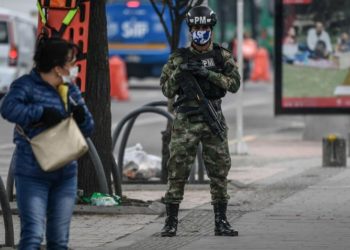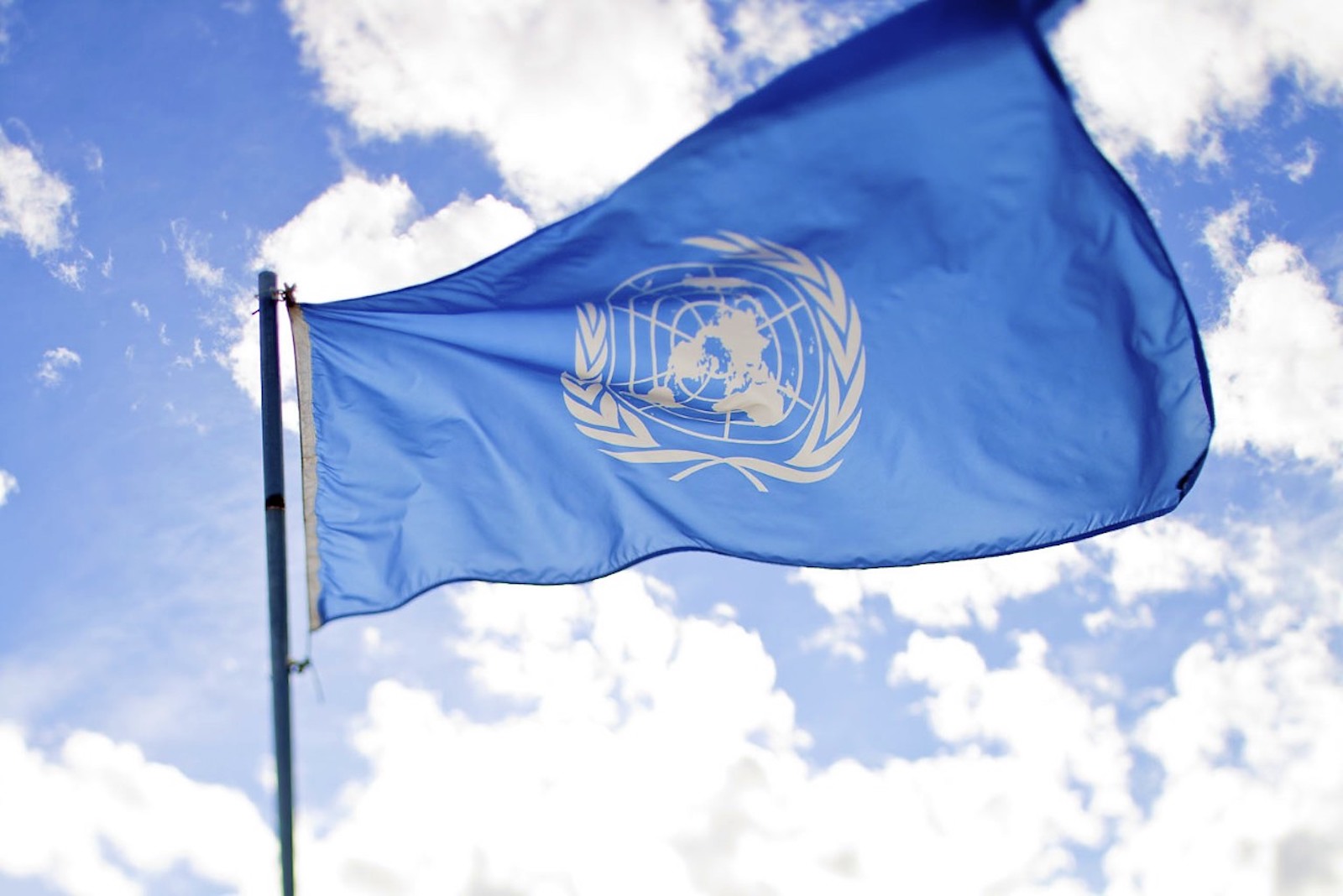A minimum of 3,114 people have died or gone missing on migratory routes around the globe in 2018, according to a new estimate by the UN’s International Organization for Migration.
The total IOM toll of migrants dead or missing worldwide is now more than 28,500 since 2014.
The IOM’s Missing Migrant Project (MMP) found that the Mediterranean region, the Middle East, North Africa and the Americas make up the deadliest migration corridors with confirmed fatalities in 2018 ranging from at least 100 into the thousands for each of the routes.
While the approximately 28,500 deaths and missing people that the MMP has confirmed are significant, these numbers pale in comparison to recently released figures on migrant deaths compiled by the Associated Press, which suggest that 56,800 people have died during migration since 2014.
According to Frank Laczko, director of IOM’s Global Migration Data Analysis Center, these disparities “highlight the tragedy of how little even experts in the field know about those who die far away from their homes.”
The figures from AP differ from those of the MMP for two primary reasons: They include numbers of missing people within a country that are yet to be confirmed dead, as well as including more data from sources in developing countries such as NGOs.
Despite recent attempts to document migrant deaths and disappearances by organizations and journalists, information on migration tracking remains scarce due to limited funding and political contention, particularly among countries like the United States that are trying to crack down on migrant entry through its borders.
Currently, the MMP data collection process involves obtaining information from U.S. county sources (in cases along the border between the U.S. and Mexico) and other national authorities, media and NGOs, and then checking new entries against existing ones to ensure that no deaths are double-counted.
However, MMP has also found that true migration death tolls are ultimately “impossible” to calculate due to the number of deaths that occur in remote areas that migrants pursue in order to remain undetected throughout their journeys.
Because of this, migration estimates circulated by governments are often based on minimum estimates and leave much more to be desired from the public and the families of affected victims.
“Until there is political commitment to recognize and take responsibility for the deaths of these people, IOM will continue to record the deaths of ‘missing migrants’ and to provide a minimum, and strong, estimate of how many people have died during their journeys,” Laczko said.
For Migrant Caravan’s Children, a Long Trek to a Murky Dream








![Beyond These Walls: Social Control and Criminal Justice in America [Part I]](https://theglobepost.com/wp-content/uploads/2019/04/US-prison-350x250.jpg)











